
Go exploring
Primordial landscapes, tangled branches, breathtaking wildlife and miles of woodland trails. From the countryside to cities, we care for thousands of woods throughout the UK, all free to visit.
Find a wood near you
Public enquiries officer
You have probably heard the advice to avoid pruning deciduous trees during spring, and you may know that this is because it’s when the sap is rising. But what does this actually mean?
First, let’s discuss sap. What is it? Sap is a solution of water and minerals. Trees absorb water through their roots by osmosis, and this is moved from the roots to the leaves through a network of tubes called xylem tubes (you may recall this from school biology lessons!).
Most of the water absorbed by a tree is evaporated through the leaves by a process called transpiration. However, a small amount - maybe as little as 1% of the total water – is combined with carbon dioxide and made into sugars. This is photosynthesis.
In early winter, deciduous trees enter a dormant phase. They drop their leaves, move sugar to their roots, and wait for warmer temperatures to return. During this time, as long as temperatures are above freezing (water is still liquid), water will continue to flow into the roots. Trees will absorb water until water pressure in the tree is equal to the surrounding soils.
When air temperatures rise, the tree is primed and ready to go. It’s flush with water and starts moving sugar from its roots to the twigs, supplying the energy needed to grow new shoots and leaves.
At this point, pruning or damaging a tree will likely result in ‘bleeding’ – sap will ooze from the wound. This may continue for weeks as the tree has a lot of water stored and a potentially limitless supply of water from the neighbouring soil. The sap will eventually stop flowing from the wound, as transpiration rates increase and the water pressure in the tree returns to normal summer levels.
We do not recommend that you seal a bleeding wound on a tree. The products on the market do little more than prevent the sap from oozing, and if the sap flow is quite strong they may not even do this. Sealing the wound does not help the tree, and is likely to trap pathogens in the bark, preventing it from healing naturally. The tree will seal the wound itself in time.
If the wound is caused by natural damage (not human activity) this is especially important. Unless you have identified what caused the original wound, you risk trapping the pathogen in the tree and causing more harm.
The best advice is that prevention is better than cure. Prune trees at the right time of year where you can, and if your work is unavoidable, leave the tree to heal naturally. Like a human, the tree will seal the cut itself with time.
Evergreen trees don’t lose their leaves or needles in winter, and so continue to transpire throughout the winter months. As a result, their sap flows steadily all winter. Pruning conifers doesn’t tend to cause heavy bleeding, and the timing of any works is less important to evergreens, though winter months are still recommended to avoid disturbing breeding birds.
Wounds on conifers tend to release a sticky resin rather than sap. This is a defence mechanism by the tree to seal the wound from fungi and insects. Resin is much stickier than sap and tends to be a dark colour. It contains chemicals manufactured by the tree to seal the wound and kill pathogens.
Amber, the gemstone valued in jewellery, is fossilised tree resin, and sometimes has insects and other ‘imperfections’ that were trapped in the resin prior to it drying and then fossilising. In Europe much of the amber we see is Baltic amber, and this comes from trees that oozed resin 150 million years ago!

Primordial landscapes, tangled branches, breathtaking wildlife and miles of woodland trails. From the countryside to cities, we care for thousands of woods throughout the UK, all free to visit.
Find a wood near you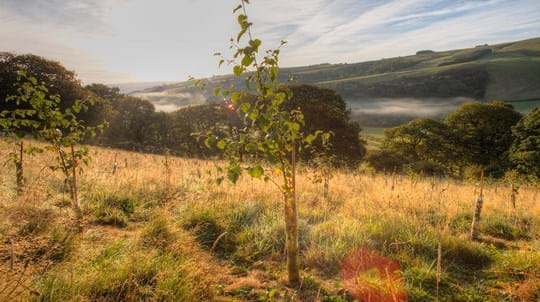
Plant trees
Once your trees are in the ground it’s important to care for them, especially in the first few years.
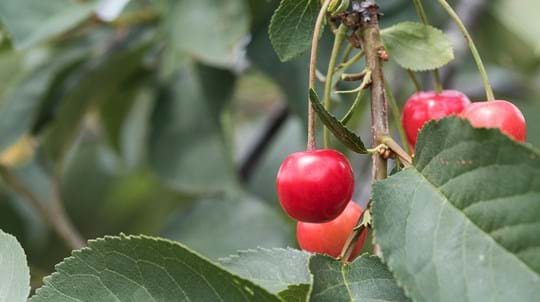
Blog
Helen Keating • 02 Feb 2018
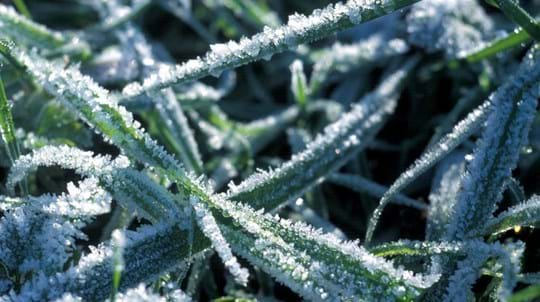
Blog
Lorienne Whittle • 01 Feb 2022
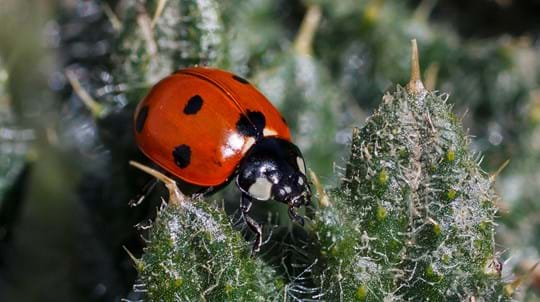
Blog
Charlie Mellor • 16 Apr 2024
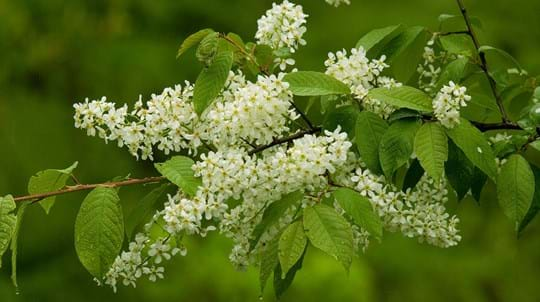
Blog
Helen Keating • 08 Nov 2021
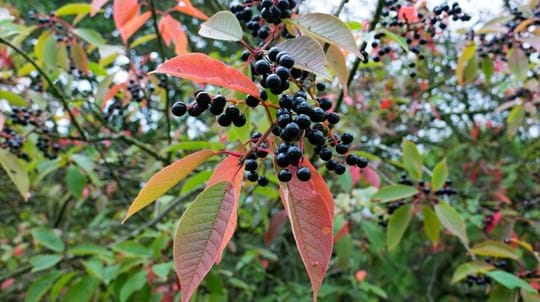
Blog
Helen Keating • 05 Nov 2020
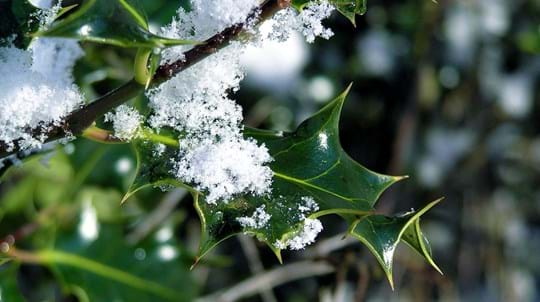
Blog
Kate Lewthwaite • 04 Nov 2020
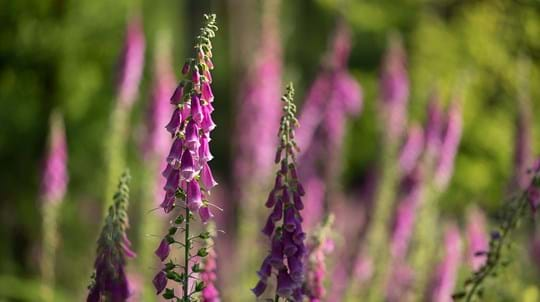
Blog
Charlie Mellor • 07 Mar 2024
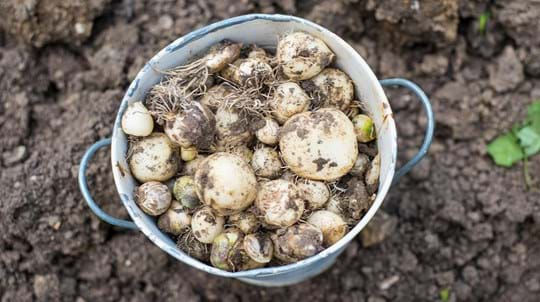
Blog
Kate Lewthwaite • 28 Mar 2019

Blog
Charlie Mellor • 11 Feb 2021